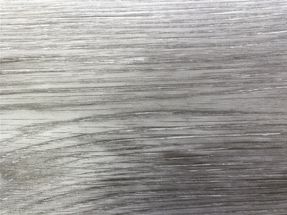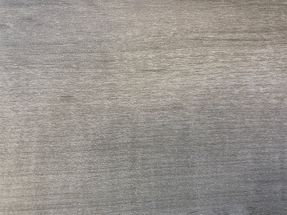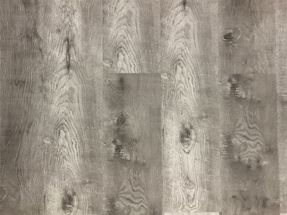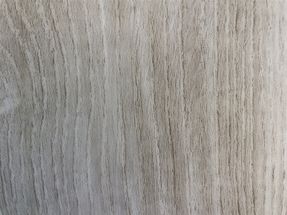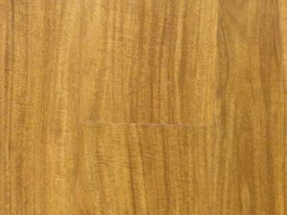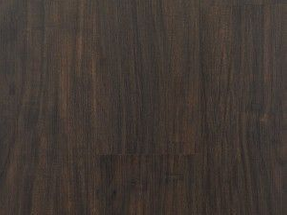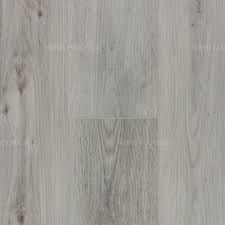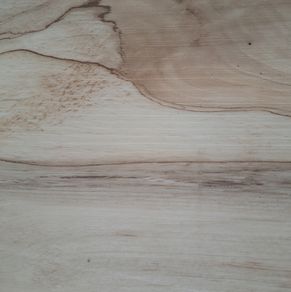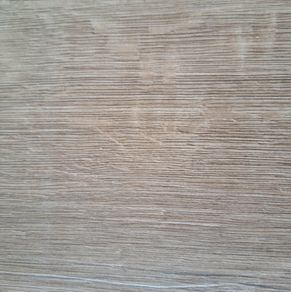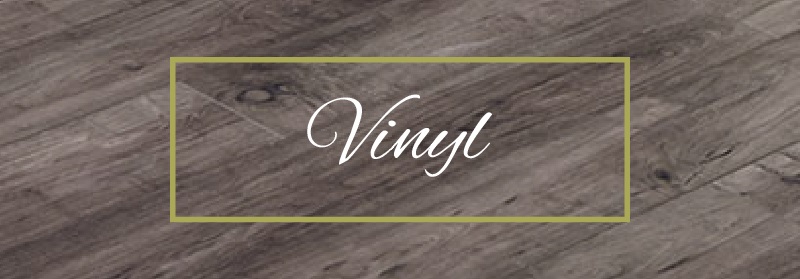VINYL FLOORING
Vinyl flooring is a product composed of several layers of different materials sandwiched together to form a highly durable, practical and affordable floor covering. The two main types of vinyl flooring are Luxury Vinyl Tiles (LVT) and vinyl roll.
Samples We Carry:
4.5mm (3.5mm+1mm) Vinyl Click from @$1.59/sqft:
4.2mm (3.2mm+1mm) Vinyl from @$1.69/sqft:
6mm (5mm+1mm) Vinyl from @$2.19/sqft:
6.5mm (5mm+1.5mm) Vinyl from @$2.39/sqft:
18101
Oak Cognac
18102
Walnut Golden
18103
Walnut
7mm (5.5mm+1mm) Vinyl Click condo pad from @$2.49/sqft:
7mm (5.5mm+1.5mm) Vinyl from @$2.89-$3.29/sqft:
5mm (3.5mm+1.5mm) Vinyl from @$1.89/sqft:
5.5mm (4mm+1.5mm) Vinyl from @$1.99/sqft:
Benefits of vinyl flooring
- It provides a slightly softer surface than options like tile or wood, because most products are backed with a thin layer of either felt or foam. The soft layer results in the floor having a little more flexibility and give, which makes it easier to stand on for long periods of time.
- They are available in a huge assortment of colors and styles, with some designs even mimicking the look of stone tiles or wood planks. While you can notice the difference up close, it can be hard to tell from afar the floor is vinyl.
- Vinyl also wears incredibly well. It is extremely durable, with many manufacturers backing their products with warranties of 15 years or more. In truth, a well-installed and properly maintained vinyl floor can last for well over 20 years.
- Vinyl floor panels are very resistant to dirt and water, and it’s one of the few flooring types that can be installed directly over the subfloor—or over a previous vinyl or linoleum installation—without requiring demolition first. It is also one of the best choices for installing on a floor with a lot of cracks or excessive movement.
- As far as cleaning and maintenance goes, vinyl is hard to beat. Requiring practically no maintenance after installation, vinyl needs to just be swept and mopped occasionally to keep the floor clean.
Problems with vinyl flooring
- The product is manufactured using polyvinyl chloride (PVC) and will emit volatile organic compounds (VOC), especially when it is new. It is important to note, however, that since 2010, many manufacturers have started using less PVC in their vinyl flooring products.
- While vinyl tiles are very easy to install on one’s own, getting the subfloor ready for installation is not easy. In order for the tiles to look their best, the subfloor needs to be free of all particles. In addition, installing peel-and-stick tiles on a dirty floor will make the tiles loose quicker than you might expect.
- The spongy quality of vinyl flooring may prevent a glass from breaking if it’s dropped on the floor, but a sharp object can gouge the surface if dropped. This is also a concern when it comes to moving furniture. Furniture pads needs to be installed on the feet of all furniture—or moving the couch could result in scratching or gouging the tile or popping the tile off the floor entirely.
- Vinyl flooring is obviously less appealing than real hardwood floors and does nothing for a home’s resale value.
- It can be very difficult to remove once it is installed.



